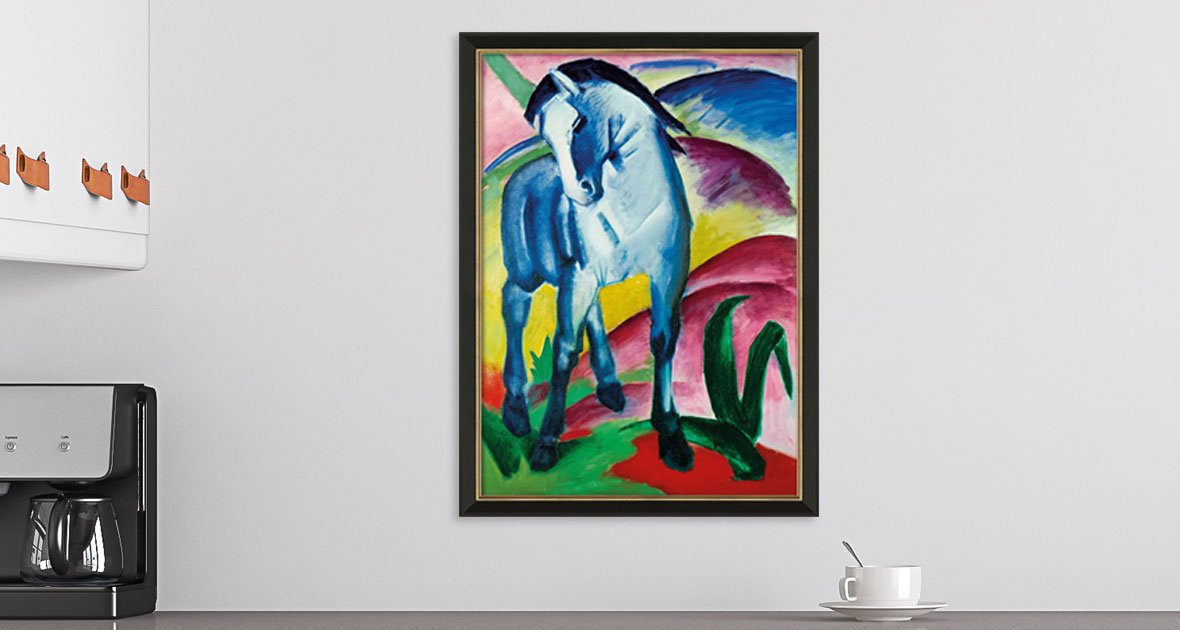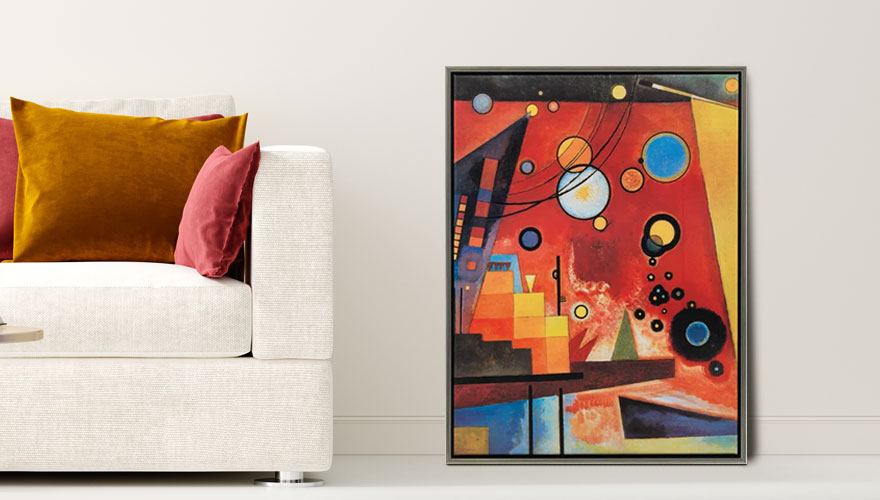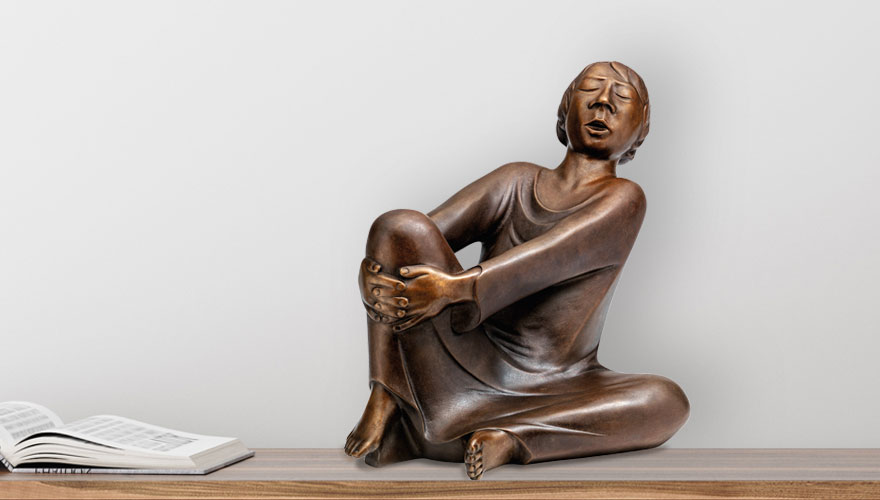
Buying Reproductions - the High Art of Replication
"Mona Lisa", "The Scream", "Starry Night Over the Rhône", "Blue Horse I", or "Adele Bloch-Bauer I": These and many other artistic highlights can, at best, be experienced as originals only once in an exhibition or in a museum.
However, you don't have to miss out on these and other famous motifs in your home. There are numerous suppliers who offer reproductions of paintings. After all, artwork reproductions have long since lost their stigma. Nevertheless, it is particularly important to be vigilant when buying reproductions because there are many different techniques and processes for reproducing works of art, and painting reproductions sometimes differ considerably in quality.
Quality Indications Can Already Be Found in the Descriptions
For example, limited editions of small editions indicate that a particularly elaborate process was used to produce them. Likewise, high-quality materials such as artist's canvas or handmade paper indicate a special quality of the painting reproductions. For example, certificates from museums or estate administrators are proof that the original was used as a model for reproduction.
When buying art reproductions, you should always make sure that the copyrights are not violated. If the original sculptures or paintings are not in the public domain, all reproductions must be approved or authorised by the copyright holders.

About the Methods and Materials of Painting Reproductions
There are various methods of producing reproductions of paintings. They range from simple poster prints to facsimiles that are almost indistinguishable from the original. Like many other products, quality comes at a price because good reproductions sometimes require extremely elaborate processes and high-quality materials.
Replicas that most closely resemble the original are those for which the original artwork has been photographed or scanned. The printing technique determines how well the colours and details can be reproduced. The medium on which the picture is printed also plays a decisive role in determining its quality. The high-quality impression can be further enhanced by a noble frame - for example, made of solid wood or special glazing.
In addition to various printing processes, hand-painted copies are also very common. However, it is usually apparent that these are merely interpretations of the famous originals. Often the proportions of the pictorial objects or the colours do not match those of the original.
Fine Art Giclée: A Printing Technique That Ensures Top Quality
One technique that can be used to produce particularly high-quality reproductions of paintings is Giclée printing. This process allows digital pictures to be applied to various materials in very high resolution. Because of its excellent quality, even artists use Giclée printing to produce their original works.
This still relatively new printing technique works in principle like an inkjet printer, but Giclée printers work with up to twelve individual colours. In this way, a particularly wide range of colours can be reproduced, so that the prints appear rich in detail and vivid and colour gradations can be reproduced without any visible gradations.
The colours of Giclée printing are considered lightfast and extremely durable. Without direct sunlight, Giclée reproductions can last up to 80 years without the colours losing their brilliance. Many of the materials that are also used in studios for painting or lithography, for example, canvas or artists' papers, are suitable as image carriers for Giclée printing.
Facsimiles: Reproductions Close to the Original
Reproductions of works of art or even rare writings that most closely resemble the original are called facsimiles. Sometimes even museums resort to facsimiles, for example, when an exhibit is to be protected or when it is being examined or restored.
When producing a facsimile, the aim is to reproduce the original as authentically as possible in terms of appearance and feel. Both the size, the colours, and the materials as well as traces of use and ageing and other special features of the original are taken into account during the reproduction. The starting point is always a photo or a scan of an original. These image data are reproduced either by digital printing or by offset. The choice of materials, for example, the paper or the colours, is particularly important.
For a particularly authentic impression, image carriers such as canvas or paper are sometimes artificially aged or deliberately soiled. Finally, the facsimiles are often refined by hand, for example, by applying gold leaf. Because of the sometimes very high amount of work involved, facsimiles are usually only produced in very small numbers and are, therefore, considered to be almost as rare as an original.

Even Three-Dimensional Objects Can Be Reproduced
But not only paintings are reproduced, but there are also sculpture reproductions. The classics include, for example, sculptures from Ancient Rome and Ancient Greece, such as the "Discus Thrower of Myron" or the "Venus of Milo". However, modern objects are increasingly popular as reproductions, for example, "The Kiss" and "The Thinker" by Auguste Rodin, "The Shepherd in the Storm" by Ernst Barlach or the "Java Dancer" by Emil Nolde.
However, the reproduction of three-dimensional objects proves to be much more time-consuming than that of paintings, graphics, or drawings. There are various methods for reproducing sculptures. The real challenge here is to capture the shape of the objects in three dimensions in order to be able to subsequently produce a mould template for reproduction.
Method of Art Reproduction: Moulding Directly From the Original
A very common method, which additionally allows for very authentic reproductions, is moulding directly from the original. Based on this cast, a mould can then be modelled and filled with very different materials, for example, bronze, iron, porcelain, ceramic, bonded marble or bonded bronze. It is quite common for the reproduced objects to be finished by hand, for example, painted, patinated or polished. Here, the production process of reproductions barely differs from that of an original from the artist's hand.
Another possibility is that sculptors form a model by eye, from which the casting template is then created. However, these replicas are usually very different from the original in terms of proportions and details.
